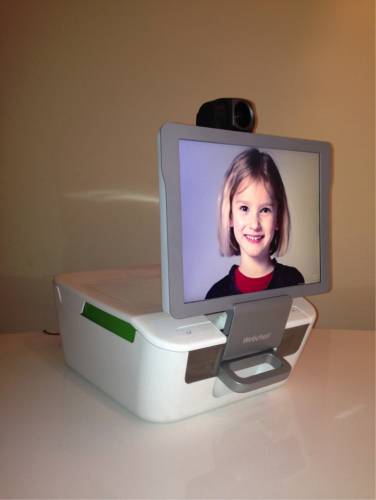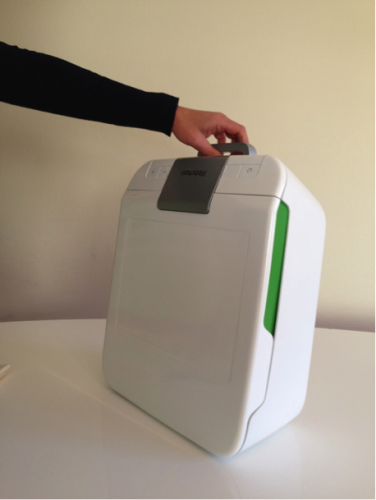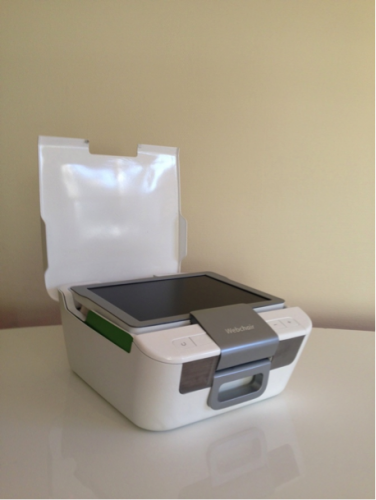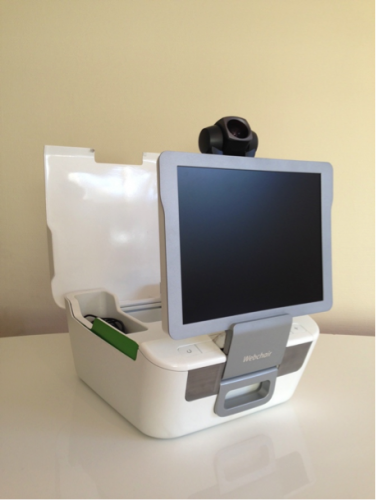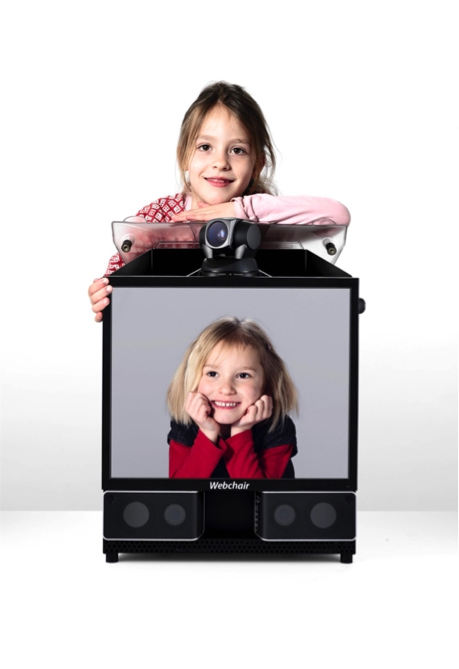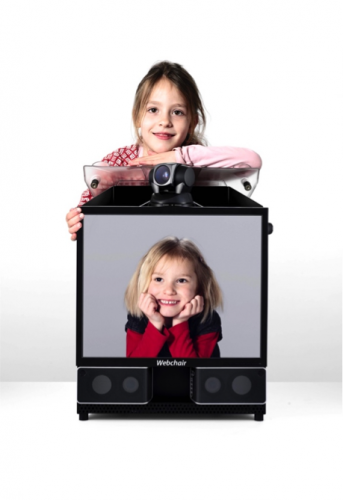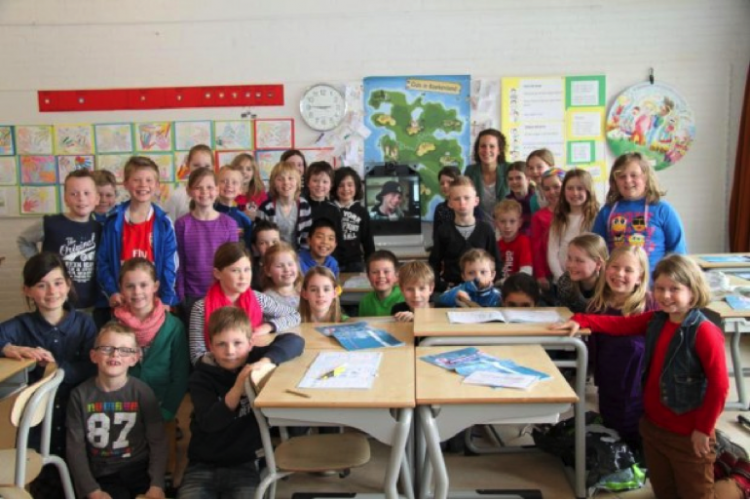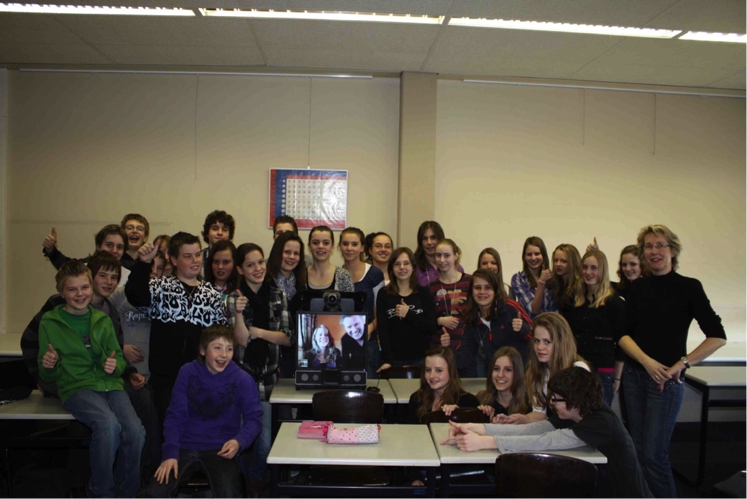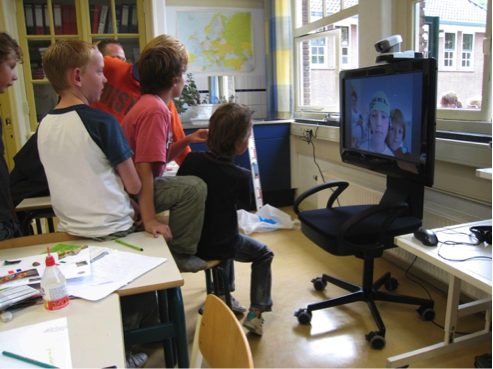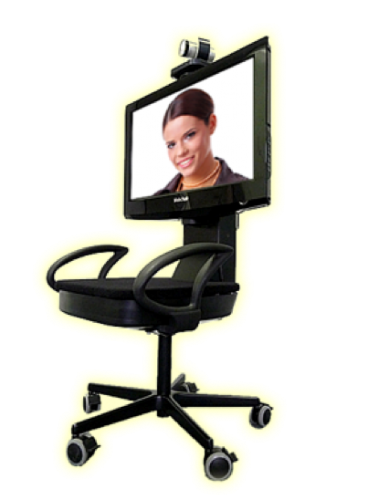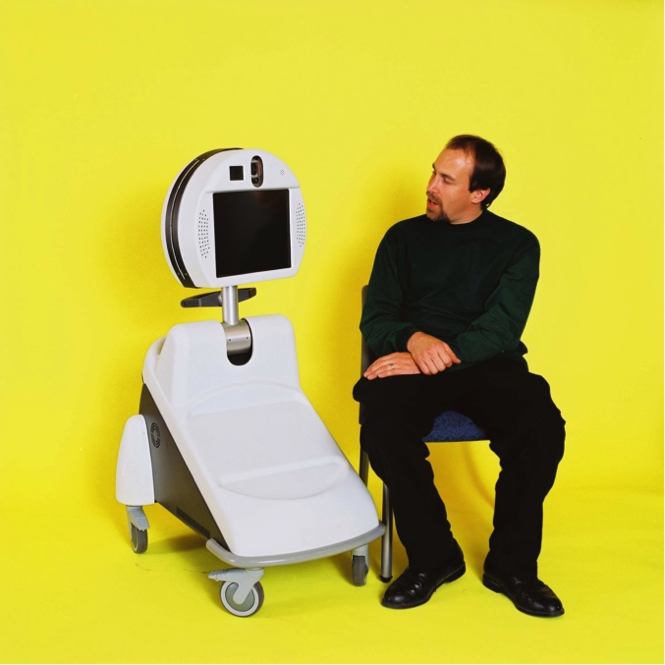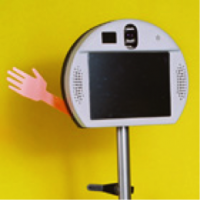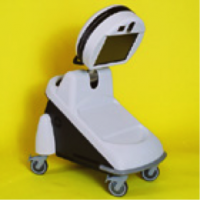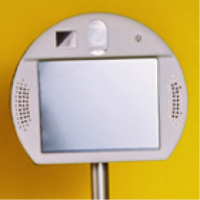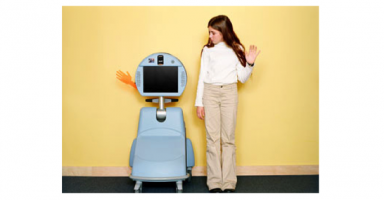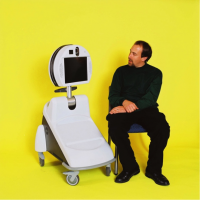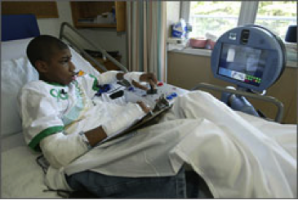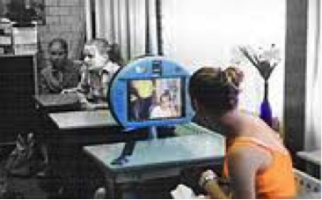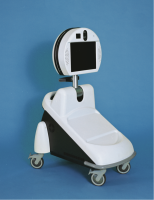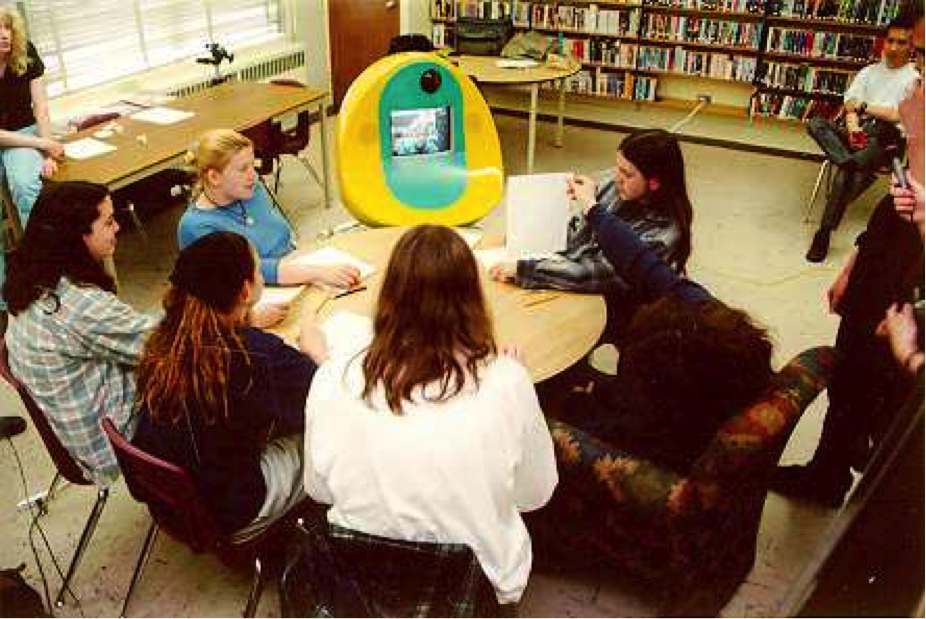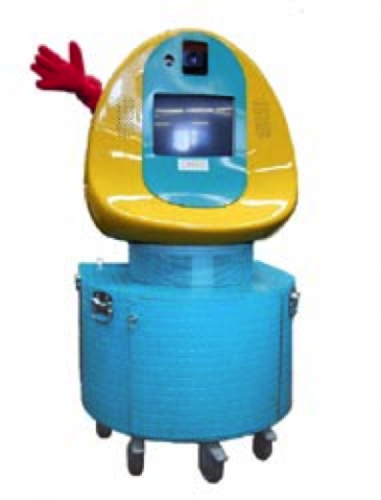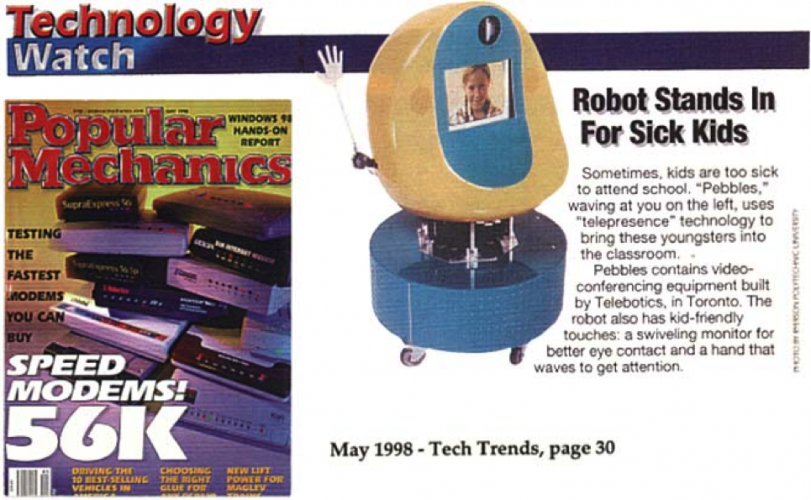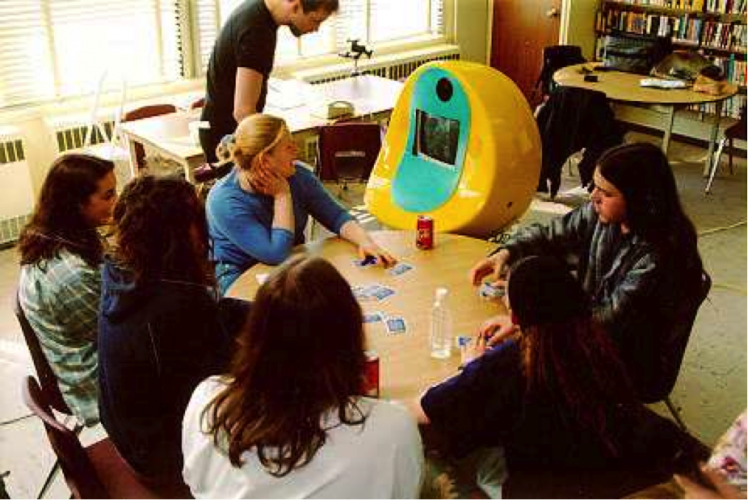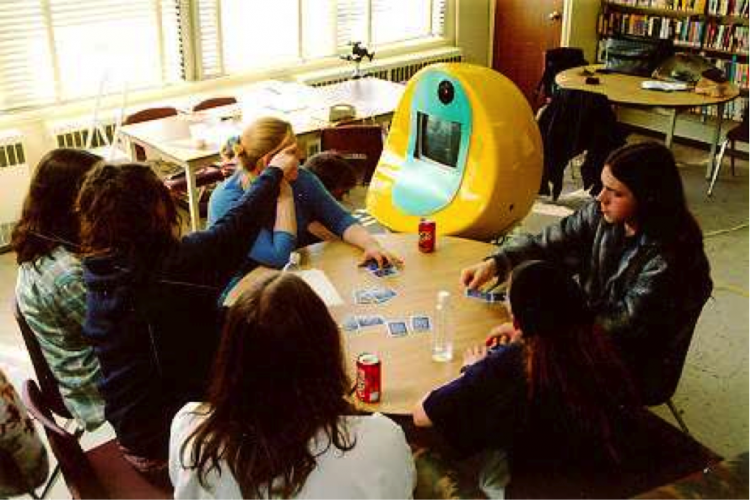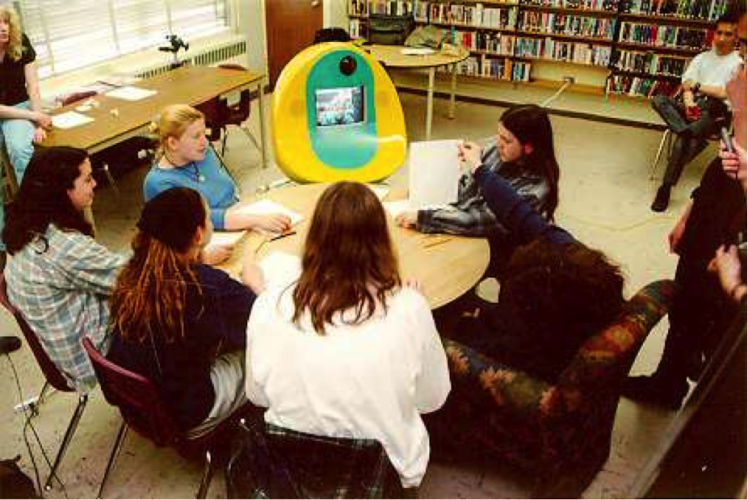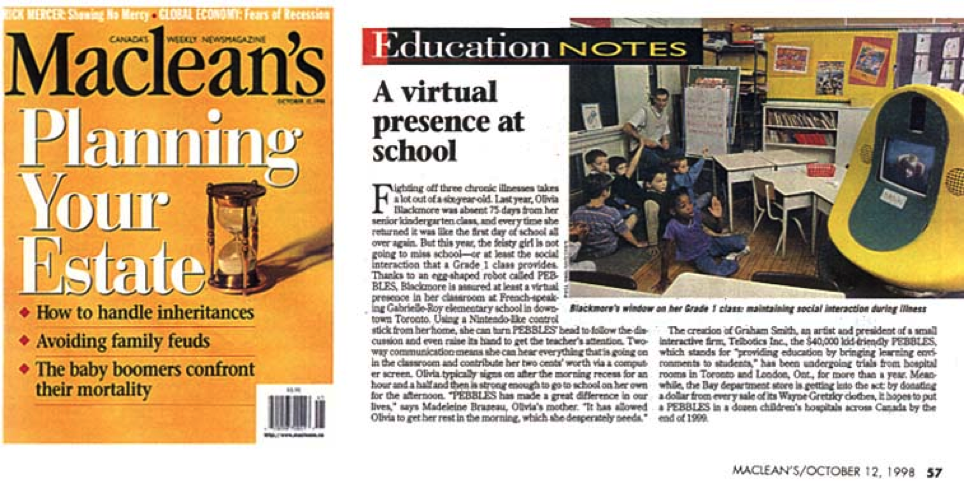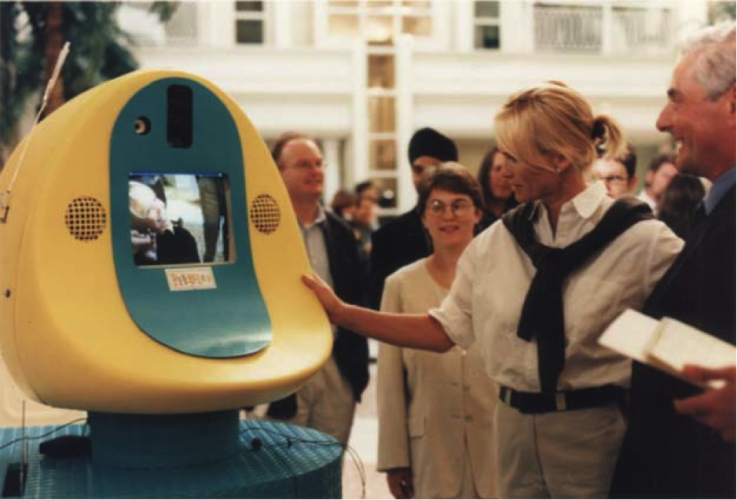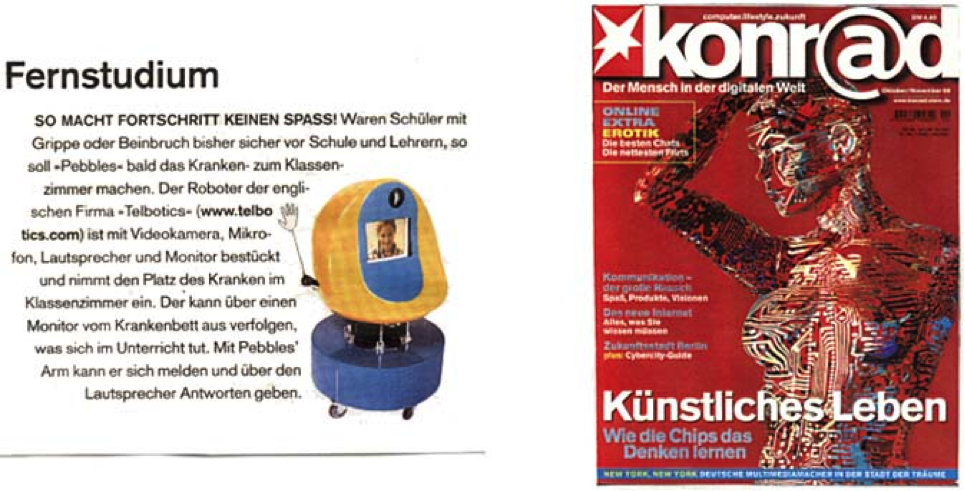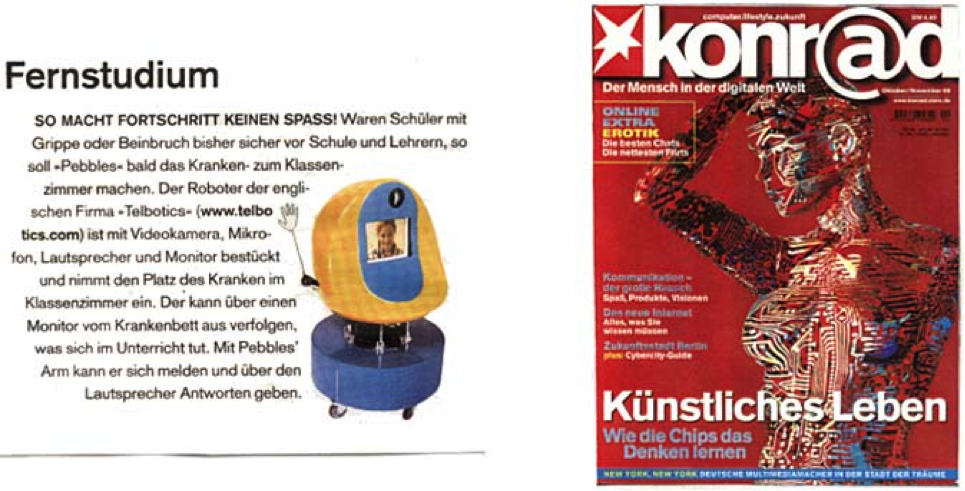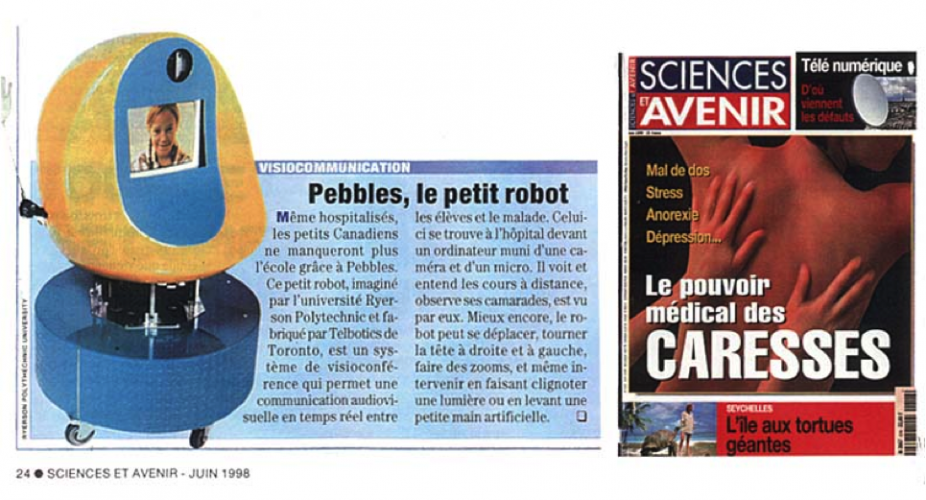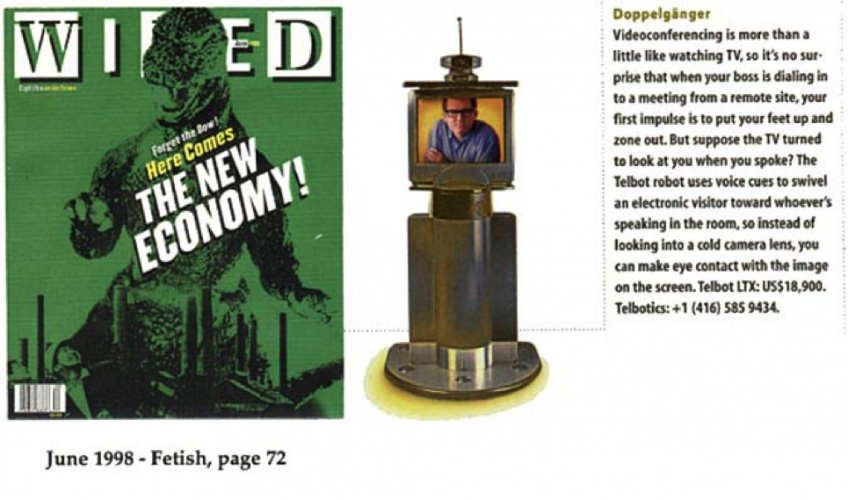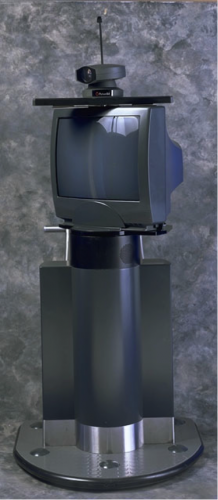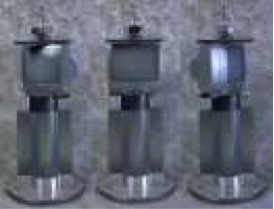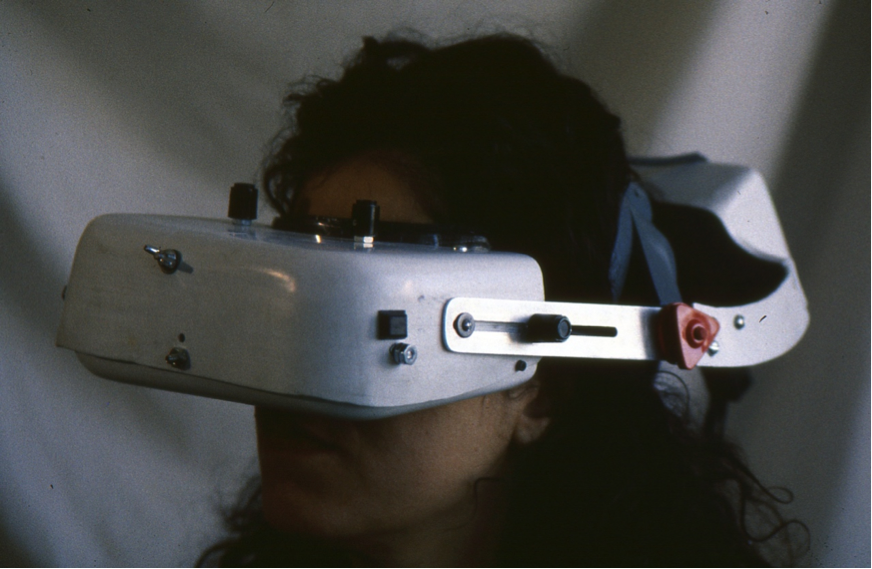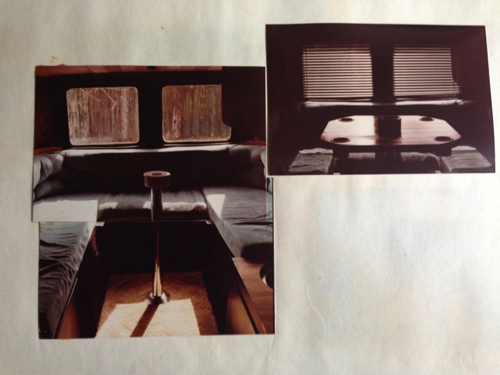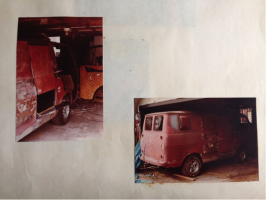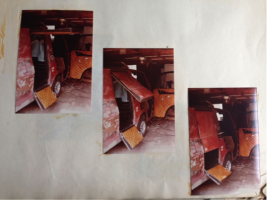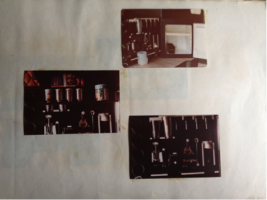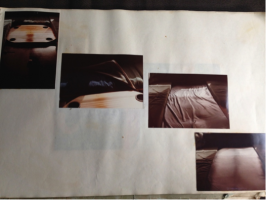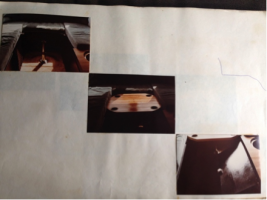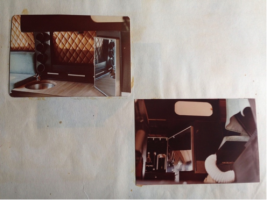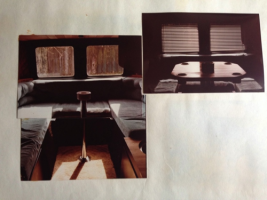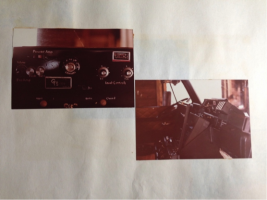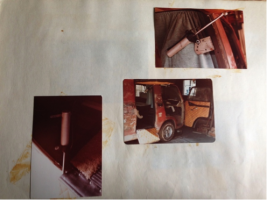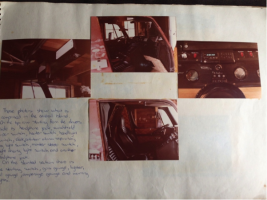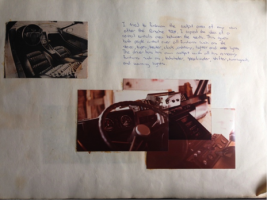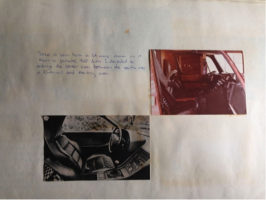DATE – 2017
DISCIPLINE – Industrial Design
MEDIUM – Telepresence robotics
STATUS – In Development
WEBLINKS
Telepresence display
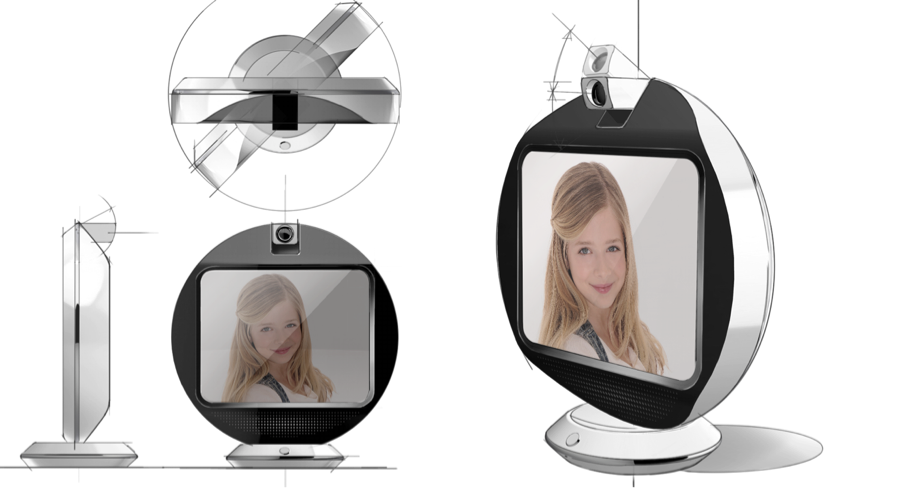
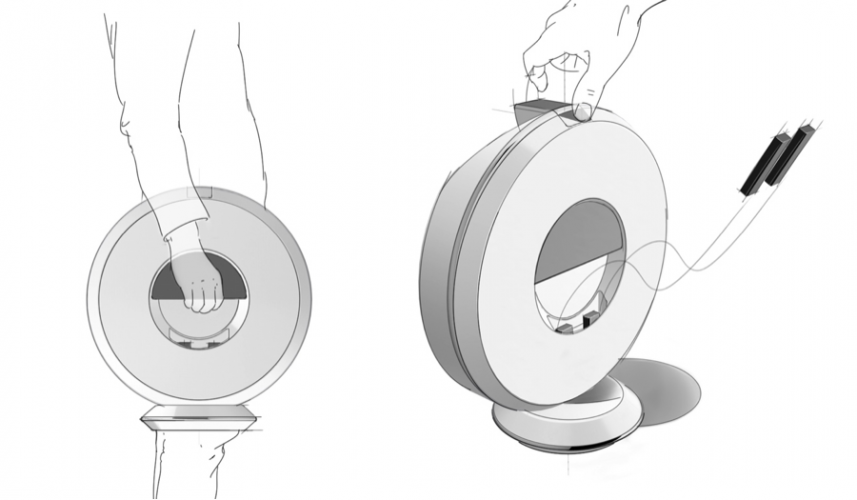
Webchair 3.0
Webchair 2.0
Webchair 1.0
PEBBLES 2.0
DATE – 2000
DISCIPLINE – Design
MEDIUM – Telepresence
STATUS – 100 deployed
WEBLINKS
http://www-03.ibm.com/services/ca/en/mobility/work_pebbles.html
Telepresence display
Telbotics – PEBBLES
Remarkable robots create a “lifeline” for remote children
Challenge
For children receiving treatment for acute illnesses or injuries, it often means weeks or months spent in the hospital. Many of these children lose contact with what is going on in the classroom: homework can pile up, class trips may need to be skipped, and social interaction with their peers can be quite limited. All of these factors can add to the stress caused by their medical conditions.These young students often feel isolated and saddened by their predicament. Even after they are better, they may feel reluctant to return to school since their classmates may be confused by their mysterious absence.
Solution
TThe PEBBLES (Providing Education By Bringing Learning Environments to Students) project was the result of five years of research and development by Telbotics Inc. in cooperation with the University of Toronto and Ryerson University. The current version of PEBBLES has been redesigned and manufactured in partnership with the IBM e-access department. The PEBBLES project incorporates the world’s first robotic students whereby two child-sized robots help connect a homebound or hospitalized child with their own classroom. The child gets a robot, whose head includes a monitor and camera, in his or her room. At the child’s school, the second robot sits in his or her class and broadcasts real time audio, video, and documentation back to the child’s location. A hand-held controller allows the child to participate in the class by rotating the robot’s head and raising the robot’s hand.
Results
PEBBLES is easy to operate, allowing teachers to focus on the needs of all students. Students, in both the classroom and the hospital, love it. PEBBLES serves as a bridge for hospitalized children in facilities across Canada and the United States. It has been used in Toronto’s Hospital for Sick Children and the Ronald McDonald House. In the United States, PEBBLES units are installed in a number of hospitals including Yale-New Haven Children’s Hospital, Miami Children’s Hospital, and Rainbow Babies and Children’s Hospital. Each robot is engineered by IBM, balancing our outstanding technology with simplicity of operation.
PEBBLES
Telbot
Videoglasses
Vanimation
DATE – 1979
DISCIPLINE – Design
MEDIUM – Automotive interior design
STATUS – prototype
In 1974 I bought my first vehicle which as a 1965 Chevy van and converted the inside with the basics in which to camp overnight. As a high school student it provided me with my own space in which to hang out with friends and gave me my first sensation of freedom. In school I was taking an industrial design course and I decided to start altering the interior and took the vehicle off the road and parked it in my parents garage. Little did I know that it would never leave that space under its own power.
During this time there were 2 major automotive influences that affected me deeply. One was the movement to convert vans into personal “shagging wagons’ with shag carpeting on all the surfaces, heart shaped cutouts and images of dragons and half naked women air brushed onto the exterior. The other influence was the newly released Porsche 928 sports car which featured the first truly ergonomic interior with wrap around plastic forms that molded seamlessly into the cars ultra modern frame. Even today the 928’s industrial design looks modern and the radical difference between the gaudy vans of the time and the futuristic Porsche had a profound impact on me.
I the decided to turn the van into my own version my of the Porsche and spend most of my waking life over the next few years making it a reality. I installed the award winning Yamaha TSX tape deck in a custom shell in the front cockpit of the van, a WW II periscope, an adapted ventilation system, new seats and a custom middle gauge console that also held a secret Hooke pipe system hidden to look like the headphone jacks for the stereo.

